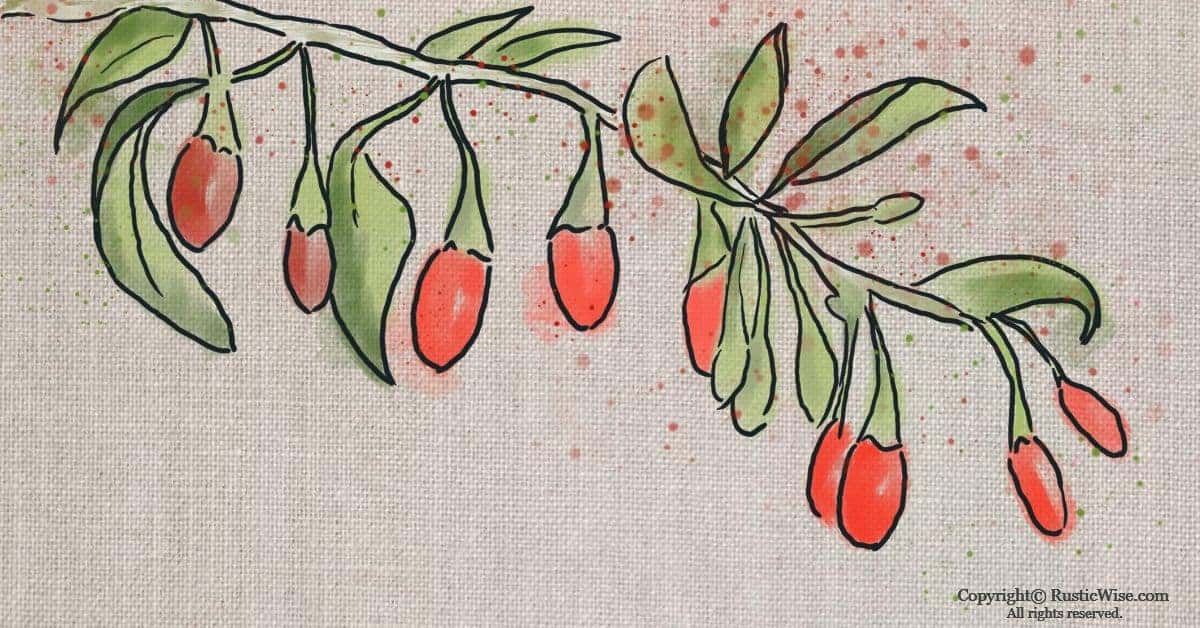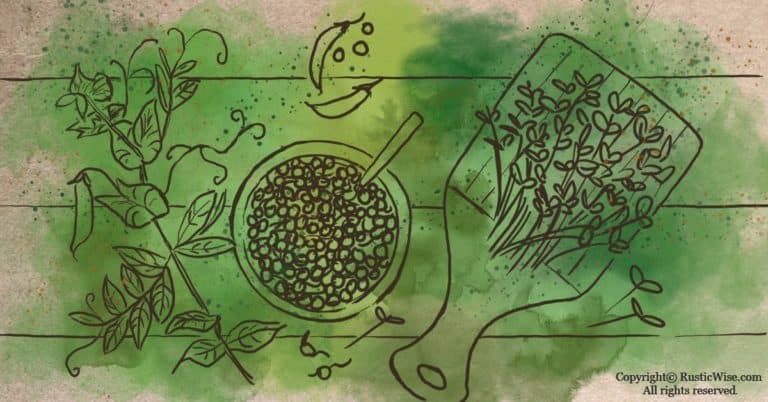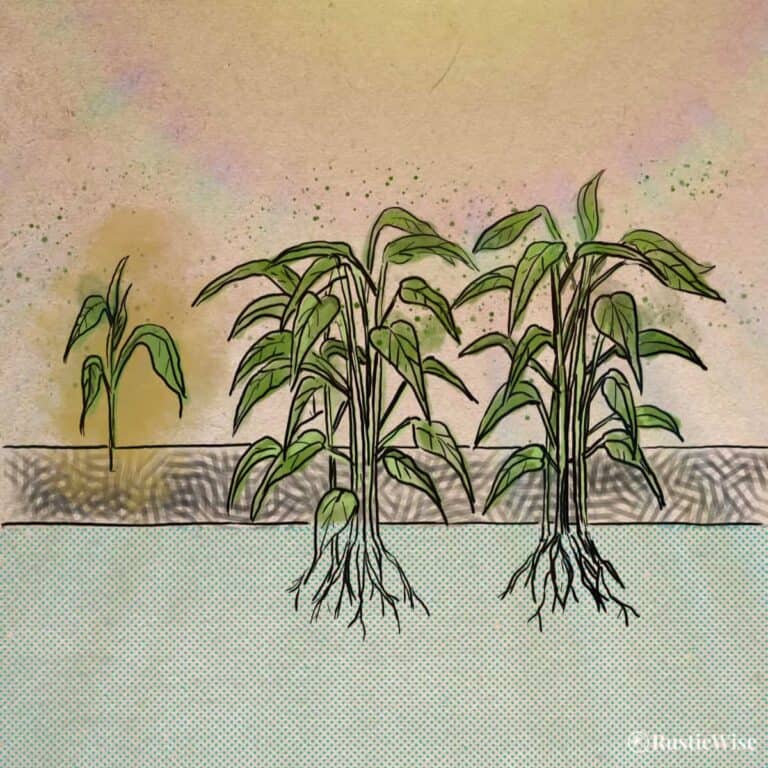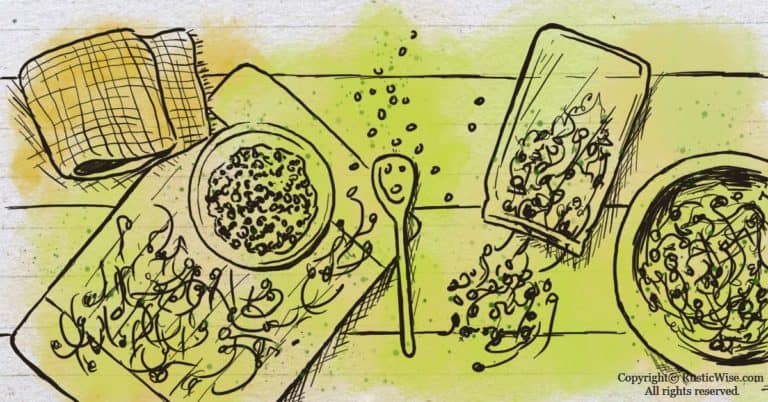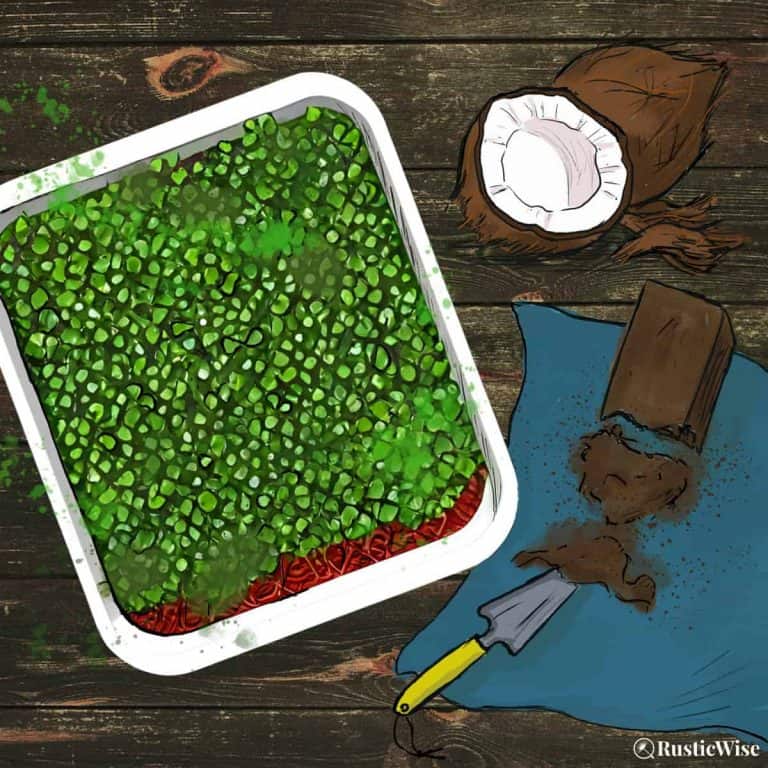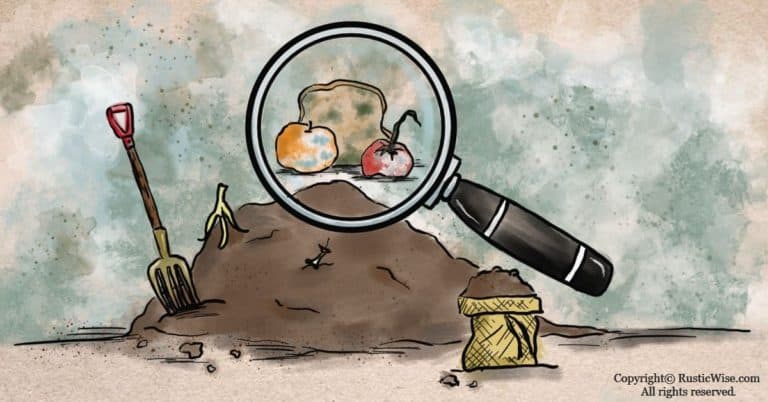How to Grow Goji Berries from Cuttings: An Easy Step-by-Step Guide
Goji berries, also known as wolfberries, are members of the nightshade family. The most common varieties grown are Lycium chinense or Lycium barbarum. Learning how to grow goji berries from cuttings isn’t difficult. This deciduous shrub is native to Asia. The fruit of the goji plant has long been used as a staple in Asian cooking as well as a medicinal herb.
Now you hear about goji berries by health food companies touting it as a superfood. Packed with antioxidants, and vitamins A and C, goji berries are coveted for their health benefits. While you can buy goji berries fresh from some specialty food stores, or as a supplement, it can cost you a pretty penny.
Luckily you can grow your own goji berry plant in your own backyard, or even in a container on your balcony. If you’re starting a goji plant from seed, you’ll need to be patient. It can take two to three years for a goji plant to produce fruit. However, a (slightly) quicker way to grow goji berries is from cuttings.
I remember as a little girl, my Chinese grandma coming in from the garden with yogurt containers full of these tiny red berries. I didn’t know what they were at the time. But she used them in broths, soups, hot drinks, and even to dessert dishes. We were lucky to have a goji plant right in our backyard.
Let’s take a closer look at goji berries.
“ Patience is bitter, but its fruit is sweet.”
—Aristotle
Can goji berries be grown in containers?
Yes, goji plants can grow in containers—handy for urban gardeners short on space. While goji plants do well in USDA Hardiness Zones 2 to 7, the benefit of growing gojis in containers is that they can be brought inside as needed.
Goji plants don’t like extreme heat or cold. When it gets too hot, bring it inside (or provide some shade) in the midday sun. When temperatures drop, provide some protection, or bring into a cool place like your garage. Placing mulch around the base of the plant also provides protection from the cold.
Like its nightshade family relative the tomato, goji plants like full sun. They’re not too picky about soil type as long as it’s well-drained.
When choosing a planter pot, make sure to pick one with drainage, and one that’s deep enough to accommodate its far-reaching roots. To grow a sturdy goji plant, pick a pot at least 18 to 20 inches (45.7 to 50.8 centimeters) wide and deep. Pots that are too small inhibit growth.
To boost growth in spring and summer, apply a liquid fertilizer (like tomato feed) every two weeks.
How big do goji berry plants grow?
There’s a wide range of sizes in terms of goji berry plant height. In their natural habitat, goji plants can grow to 12 feet tall (3.7 meters). However, cultivated goji plants are usually 3 to 6 feet tall (0.9 to 1.8 meters).
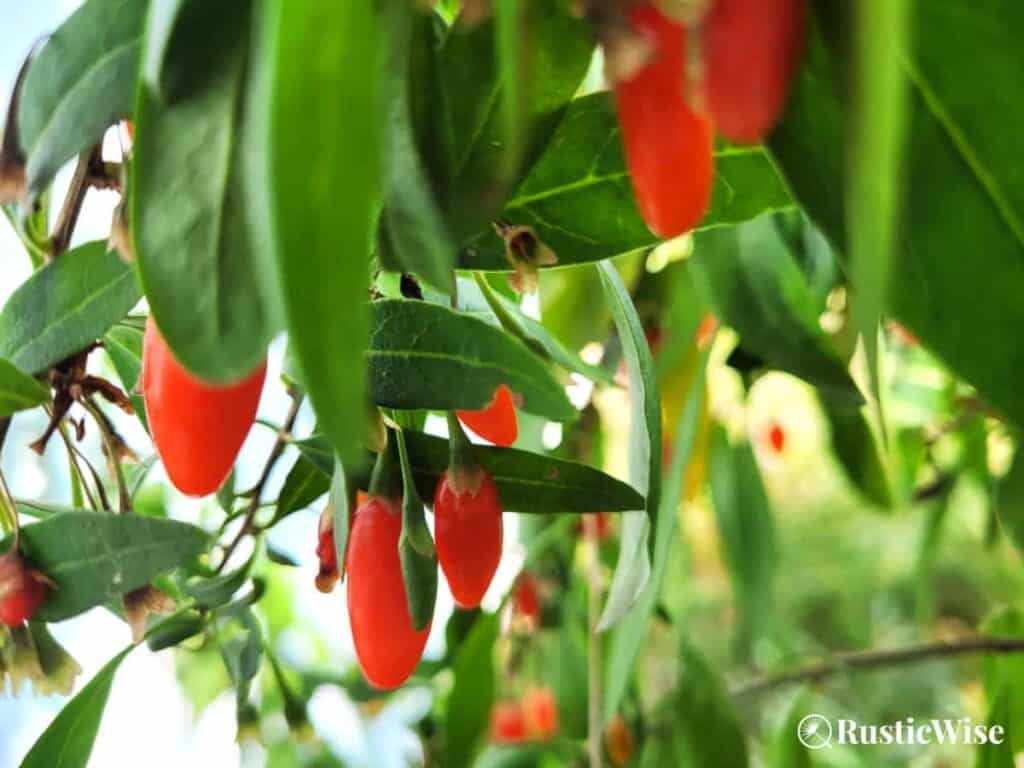
Credit: RusticWise
When and how to take goji cuttings
Spring or early summer is a good time to take goji softwood cuttings. Softwood cuttings are from the new growth of the plant, full of vitality. Taking new growth increases the chance of the new plant rooting. Take the cutting early in the day when the plant is turgid (full of water).
What you’ll need:
- Sharp knife or scissors
- Plastic bag
- Wet paper towel or clean cloth
Step 1: Find a good parent plant
As new cuttings take on the attributes of the parent plant, it’s important you select a suitable and healthy parent plant. Is it free of diseases? Does it exhibit signs of new growth? Is the foliage lush and full?
Step 2: Take a cutting below leaf nodes
For most other plant cuttings, a general guideline is to take a cutting 4 to 6 inches long (10.2 to 15.2 centimeters) just below a node (where the leaf joins the stem). However, since goji plants (especially ones growing wild) can get quite tall, you can take a slightly longer cutting. Just avoid taking cuttings that are too long as they’re prone to breaking. Aim to have around three sets of leaves on each cutting.
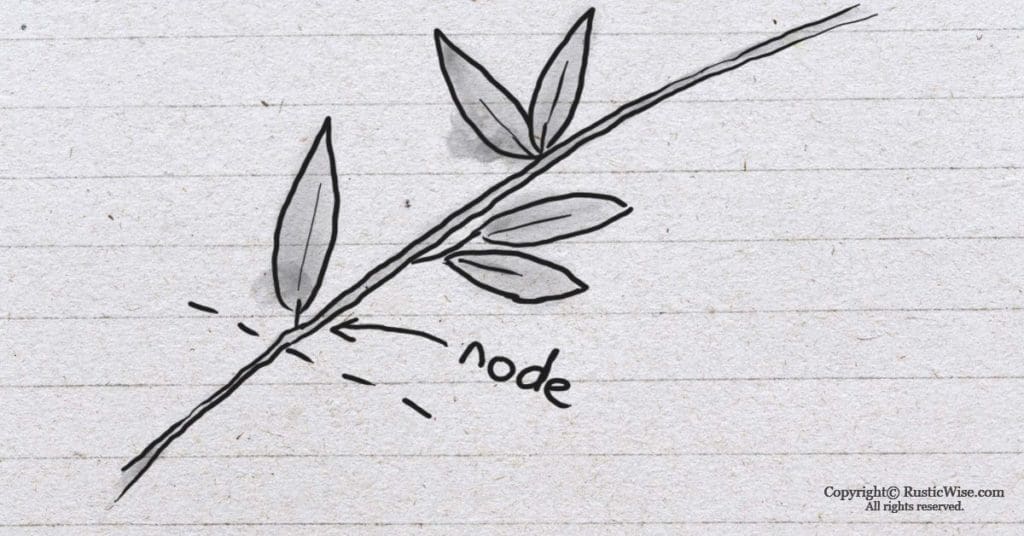
Step 3: Keep moist
To prevent goji cuttings from drying out, wrap them in a damp cloth or paper towel and place in a plastic bag. If you’re not ready to plant right away, put the cuttings in the fridge.
Propagation: how to grow goji berries from cuttings
Now that you have your goji cuttings, they’re ready to be planted in soil.
What you’ll need:
- Clay pots (with drainage holes)
- Rooting hormone powder
- Potting soil (plus a bit of compost)
- Pencil or stick
- Clear plastic bag
- Water
Step 1: Prepare pots with soil
Fill pots with planting soil. Light potting soil that provides plenty of drainage is really all you need, plus a bit of compost added in for nutrients. Dampen the soil with water.
Step 2: Remove bottom leaves
Gently remove any remaining leaves along the bottom third of the cutting. The stripped cuttings make it easier for the plant to take root.
Step 3: Dip into rooting hormone powder
While not absolutely necessary, rooting hormone powder helps to kickstart the rooting process. Dip the bottom of each cutting into rooting hormone powder and gently tap off the excess.
Step 4: Plant in soil
Poke holes in the soil using a pencil or stick and place one cutting in each hole. Depending on how big your pot is, you can place several cuttings in one pot so long as they are spaced out and their leaves are not touching. Pat soil down gently.
Step 5: Mist and cover
Gently mist the cuttings and allow to drain. Poke a few small holes in a clear plastic bag and cover the top of the goji cuttings. This creates a mini-greenhouse.
Taking care of your goji cuttings
Place your goji cuttings pot into a warm room at 70 to 75 degrees Fahrenheit (21 to 24 degrees Celsius) with direct sunlight.
Regularly mist the goji cuttings as needed. After about two weeks, you can remove the plastic bag. In around one to two months, roots should begin to grow and the goji cuttings can be properly planted in their larger pots.
If you’re planning to plant your goji outside, let it stay indoors for the first winter before planting outdoors the following spring.
After two to three years, your goji plant should be producing plenty of goji berries for you.

Author: Theresa Tesolin
Theresa is co-founder of RusticWise. She helps people unleash their inner DIY spirit by encouraging them to get dirty and make or grow something from scratch.

